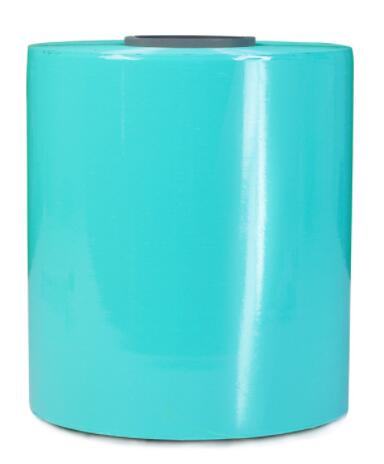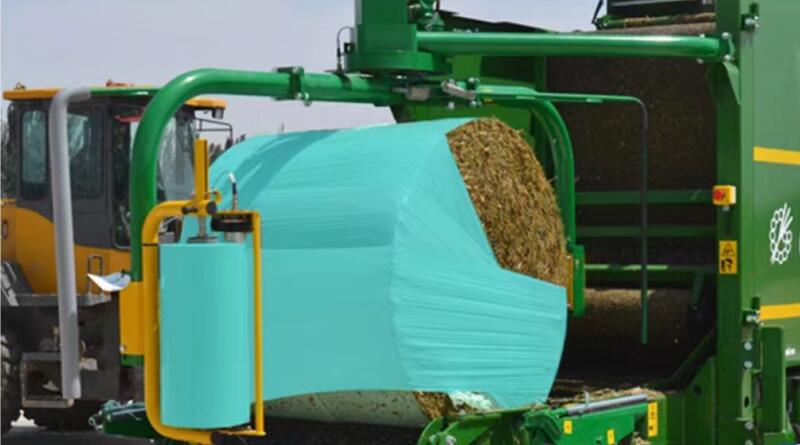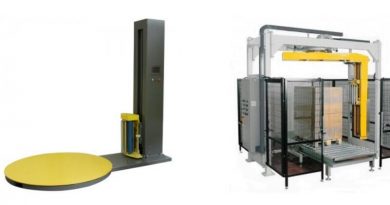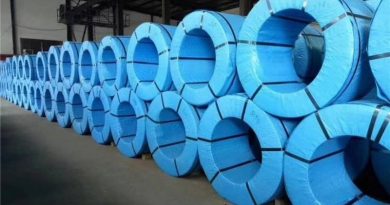How Does Silage Wrap Film Protect Your Forage?
Silage wrap film is a film made of linear low density polyethylene that is both puncture and tear resistant. It can be used to wrap bales of hay and silage, maintaining the quality of the forage for a long time.
Why We Need to Wrap Hay Bales?
Wrapping hay bales in silage wrap film is to preserve their quality longer. The storage of silage and hay is a long-term undertaking, we may not be able to fully predict weather conditions during a storage period of up to 3-6 months, just a few layers of plastic film can enhance its ability to protect itself from the bad weather and dramatically extend the storage time. Additionally, the application of this silage wrap film protects the forage from daily weather changes, such as rain and morning dew. Without the protection of silage wrap film, these common weather conditions can seep moisture into the bale and cause the forage to rot from the inside out. Additionally, hay bale wrap film prevents hay from absorbing moisture from the ground. This comprehensive moisture protection can save farms significant operating costs associated with hay spoilage. Compared with building a dedicated storage facility, the application of hay bale wrap film will be more cost-effective, including the cost of building the storage facility and saving the cost of the land required for the facility.
How to Wrap Hay Bales?
How many layers of silage wrap film should be used to wrap a hay bale? This depends on your storage conditions, forage type and storage time. Generally speaking, six layers of plastic wrap is enough to protect your forage from moisture. The number of wrapping layers can be appropriately increased according to your local weather conditions. The hay bales should be wrapped immediately after harvest to minimize spoilage.
Microorganisms in hay bales become active in the presence of oxygen and water. Once they multiply, they use up the nutrients in the hay or silage. As they consume nutrients they also produce water vapor and heat. In addition to depleting the nutrients in the hay, the heat generated by microbial reproduction can cause damage to the hay. The purpose of wrapping the hay/silage bales is to ensure that they remain fresh for a longer period of time. Keeping air out of the bale prevents oxygen from entering the bale. Therefore, tight wrapping will prevent air and water from penetrating into the hay bales, thereby reducing the breeding activities of microorganisms and retaining the nutrients of the hay to the greatest extent possible.

In addition to the number of wrapping layers, the quality of the silage wrap film is equally important. Dry hay will often have sharp stems that can puncture the silage wrap film if the film is of poor quality. Moisture and air will enter the interior of the hay bale through these punctured holes, causing the forage to rot.
The color of silage wrap film also has a certain impact on the preservation of forage. Black has good heat absorption and radiation effects, while white is not only difficult to absorb heat from the sun, but also has light reflectivity. Therefore, white is the ideal color for silage wrap film and black is the least recommended color. In addition to white, green is also one of the popular colors in the industry and has excellent UV resistance.





Pingback: How Stretch Wrapping improves The Nutrition of Silage? - Pallet inverter